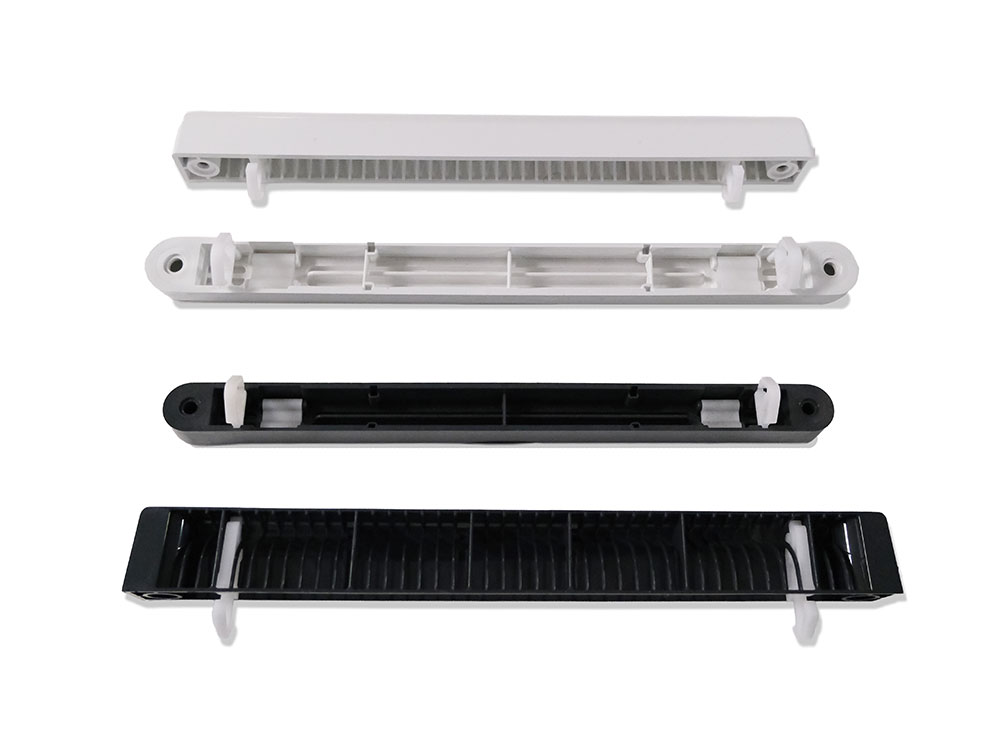
Condensation on your windows – it's one of those things that looks harmless at first glance, but if left alone it can end up causing bigger issues. Problems like mould, damp or even damage to your window frames are all possible issues that can arise. You’ll usually see it showing up as mist or droplets on the glass (especially in the mornings), and while it’s a totally normal after a hot shower or some cooking, it’s still worth taking steps to avoid damage. The good news? With the right approach and a few smart choices, you can keep it under control without having to open every window all winter.
What Causes Condensation on Windows?
Condensation happens when warm and moist air hits a colder surface, like the inside of a window. The warm air can’t hold as much moisture when it cools down, so it drops it right there on the glass. It’s most common in the colder months when the difference between indoor and outdoor temperatures is more extreme. Older windows or single glazing are usually the worst offenders, but even modern windows can get a bit misty if your homes not well-ventilated.
Do trickle vents stop condensation?

One of the easiest and least invasive ways to tackle condensation is by making sure your windows have trickle vents. These are small openings built into the top of the frame that let fresh air in even when the window is shut. They help air circulate gently throughout your home, which reduces that build-up of moist air that leads to fogged-up windows. The best part? You can leave them open pretty much all the time without feeling a chill or hearing the neighbours’ lawnmower at 7am. If you’re getting new uPVC windows, you should consider adding trickle vents if your home is having condensation problems.
Features to Look For in uPVC Windows
When you’re shopping for new windows and condensation is something you want to stay ahead of, there are a few key features worth keeping an eye out for.
First up: double glazing. 28mm thick double glazing with a neutral gas in between will help keep the inside pane warmer, so moisture is less likely to form. Then there’s the frame itself – modern uPVC windows often come with multi-chambered profiles, which help with thermal insulation. Our range feature 5 chambers, more than the standard 3 and thus even better for insulation. Better insulation means fewer cold surfaces and in turn, less condensation.
High-quality windows like ours also come with warm edge spacers between the glass panes. These reduce thermal bridging, which means they help keep the glass edges from getting super cold. Make sure when installing that you make sure its sealed as good and proper as you can. A great window won’t do much good if there are gaps around the frame letting damp air sneak in.
What other things can I do to prevent condensation?
Even with the best windows in the world, lifestyle still plays a part. Using extractor fans when you’re cooking or showering, drying clothes outside (when you can), and keeping furniture a little away from exterior walls can all help reduce the moisture in the air. And yeah, cracking open a window now and then doesn’t hurt either – just not for hours on a freezing January morning.

Condensation might be common, but it doesn’t have to be a constant part of life. Between clever design features like trickle vents, well-insulated double glazing and a few simple daily habits, it’s totally possible to keep your windows clear and your home healthier. So if you’re in the market for new uPVC windows, remember when customising the frames to check if. You’ll thank yourself when your windows stay dry and your sills stay mould-free.



















